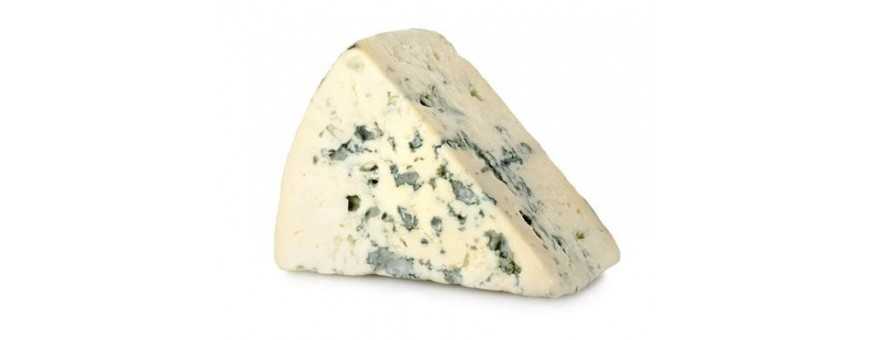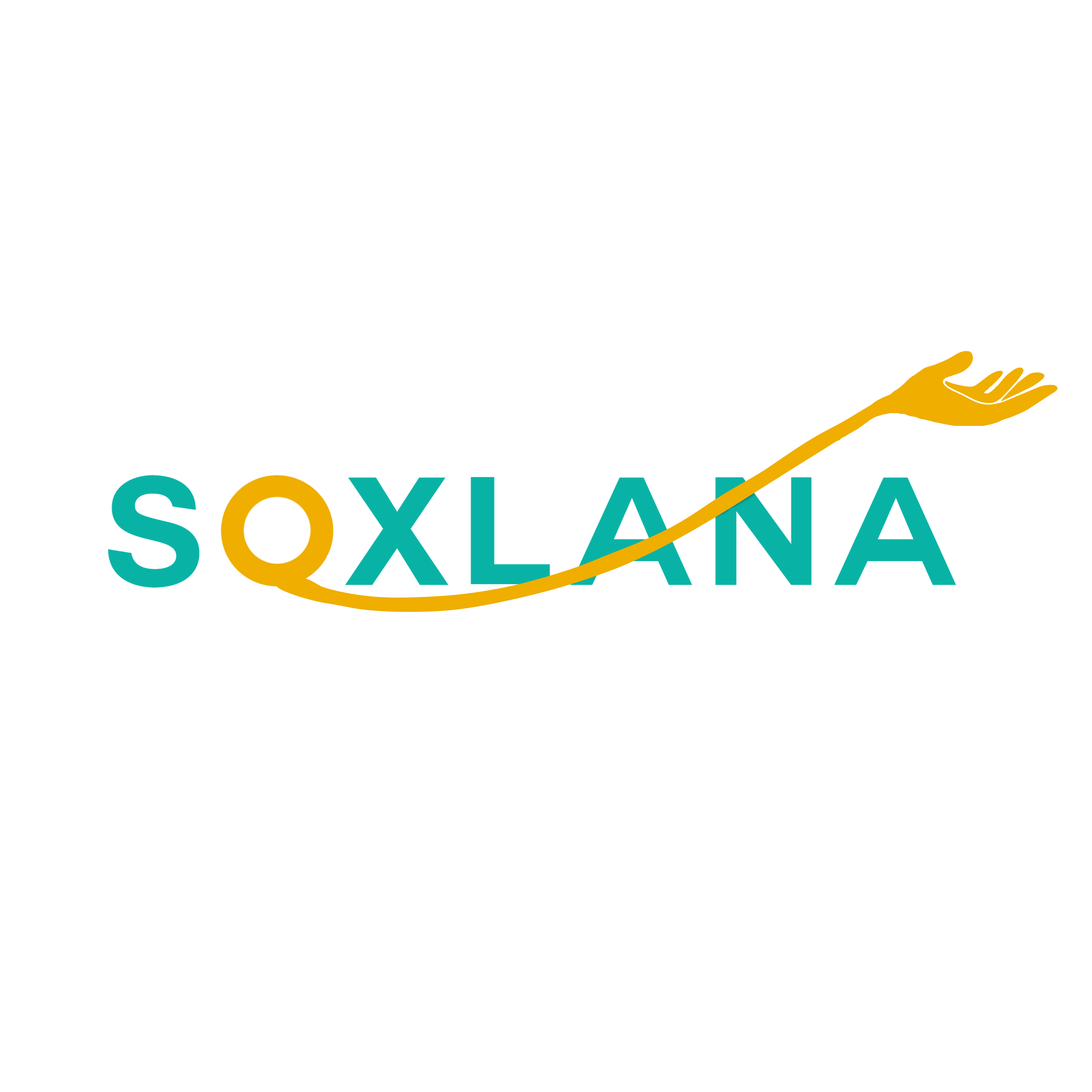Sorry for the inconvenience.
Search again what you are looking for
SOXLANA offers you everything you need. Be satisfied first and then pay later.

Both “blue” and “Roquefort” belong to the family of blue cheeses. Which is why they are regularly confused. Wrongly. They are two very different products, even diametrically opposed.
The difference between Bleu and Roquefort
Bleu and Roquefort are blue cheeses (blue parts of the cheese marked with molds and fungi). The blue cheese is made from cow's milk while the Roquefort made in Aveyron is made from sheep's milk.
Blue
Blue is a blue cheese made from cow's milk. Several origins exist: Auvergne blue, Sassenage blue, German blue, Bresse blue ...
Roquefort
Roquefort is a blue-veined sheep's milk cheese made in Aveyron.
Roquefort VS blue, what are the differences?
We no longer present Roquefort, the first cheese to obtain an AOC in 1925, an undisputed monument of French gastronomy. Composed of raw sheep's milk from Lacaune (81), it is produced according to the AOC charter in the departments of Aude, Aveyron, Gard, Hérault, Lozère and Tarn. "We find it from November to June" explains Laurent Dubois. In terms of tasting, "it is balanced and round thanks to sheep's milk which softens the pronounced taste of mold".
Blue (Bleu d'Auvergne, Causses, etc.) is made from cow's milk, which will give the cheese a more “yellow” color than Roquefort. “Its texture is creamier and its taste more pronounced, depending on the ripening process,” explains the cheese maker. Unlike Roquefort, blue is available all year round, because the production of cow's milk is greater and its refining can come from industrial production. "When the refining of Roquefort still remains artisanal", reports the MOF. Two different cheeses, then. Mystery solved.
Search again what you are looking for
This website uses cookies. By continuing to browse the site, you accept our use of cookies. En savoir plus ici.
